After the Great War, the Greenwood district of Tulsa, Oklahoma, was a vibrant community of both upper and middle-class black families. Most of the city’s black residents lived in the neighborhood of Greenwood, which included a thriving business district sometimes referred to as Black Wall Street for its economic strength and influence. Greenwood district had businesses, schools, and shops mostly owned by Black people. On June 1, 1921, the white mob attacked the black residents and business and set the Greenwood neighborhood on fire. This event is known as the Tulsa race riot and it is one of the worst racial violence in American history.
What Caused the Tulsa Massacre?
On May 30, 1921, a 19-year-old Black shoeshine named Dick Rowland was accused of sexually assaulting a white, 17-year-old elevator operator named Sarah Page. The police were called, and the next morning they arrested Rowland. In only a matter of hours, the rumors spread like fire through the city’s white community and the glory of Black Wall Street had been reduced to ashes. It was later reported by police that Rowland had accidentally stumbled into the elevator and had only grabbed the attendant’s arm to avoid falling.
The news of this alleged assault spread across white communities. The angry white mob gathered outside the courthouse, demanding the sheriff to hand over Rowland. In response, 25 armed black men, including man WWI veterans went to the courthouse to offer help guarding Rowland. The false rumors that a large-scale insurrection among Black Tulsans was underway, fueled the growing hysteria. Over the next few hours, groups of angry white mobs set the Greenwood district on fire, looting businesses and killing as many as 300 black residents, and leaving thousands more without shelter. Firefighters who arrived to help put out fires later testified that rioters had threatened them with guns and forced them to leave. An estimated 1,256 houses were burned and 215 were looted. Governor J. B. A. Robertson declared martial law and the National Guards were called. They arrested some 6,000 people.
The aftermath of the Tulsa Race Massacre
The Oklahoma Bureau of Vital Statistics officially recorded 36 dead. However, historians disagree with the official death toll count, and many of them estimate the death toll may have been as high as 300. All the charges against Dick Rowland were dropped because they were false. In 2001, the report of the Race Riot Commission concluded that between 100 and 300 people were killed and more than 8,000 people made homeless over those 18 hours in 1921. The Tulsa Race Riot Commission was established which later renamed and the case was thrown into the cold storage.
These historical photographs captivated the horrific aftermath of the worst racial riot of US history.


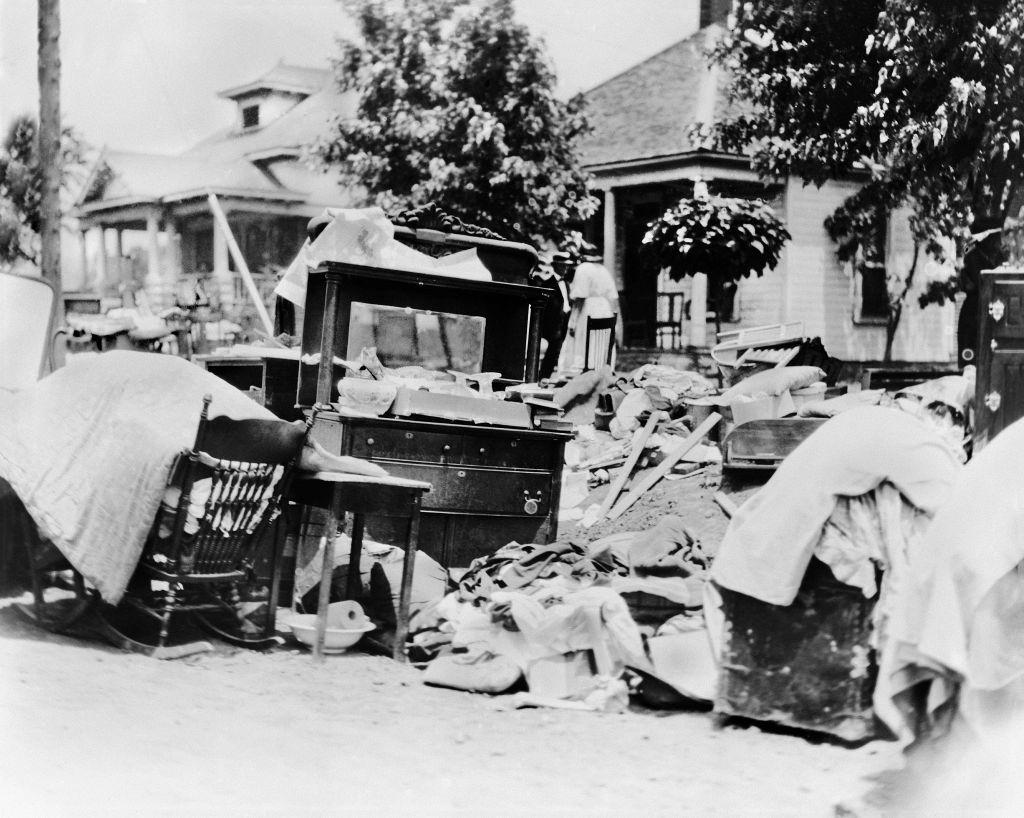
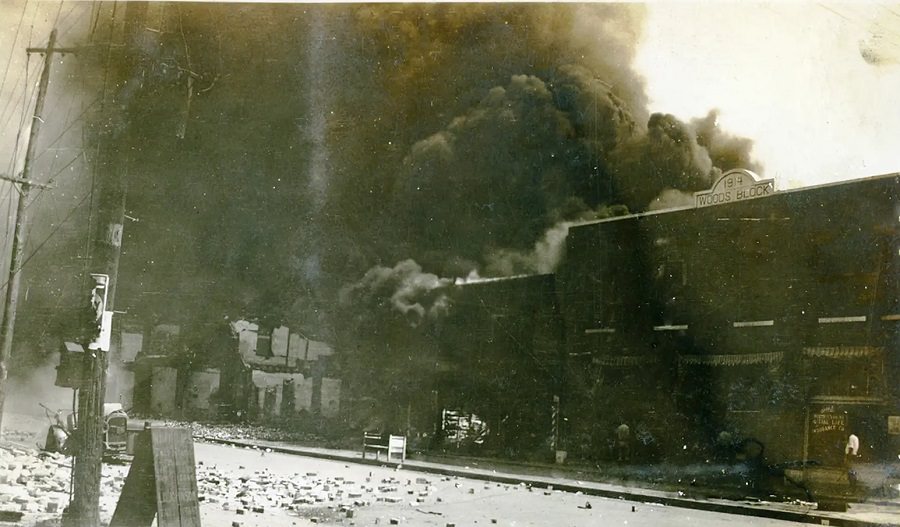
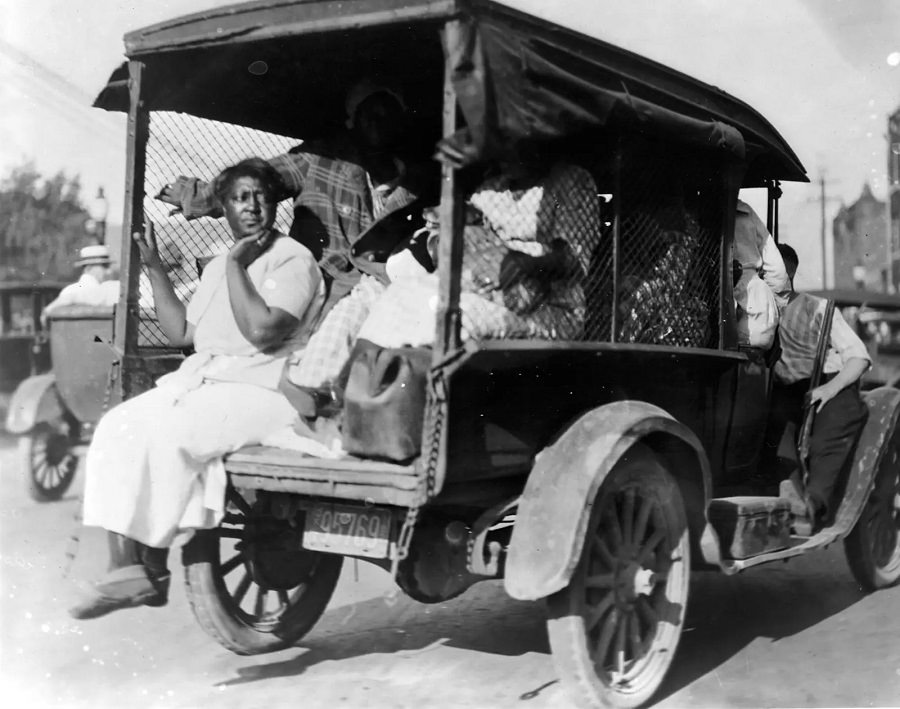
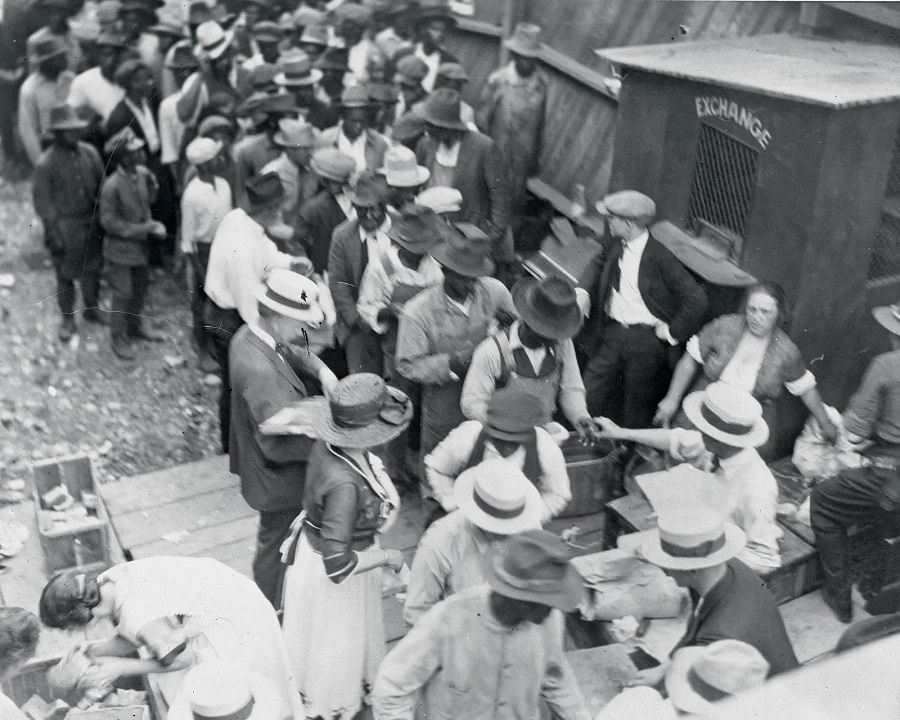
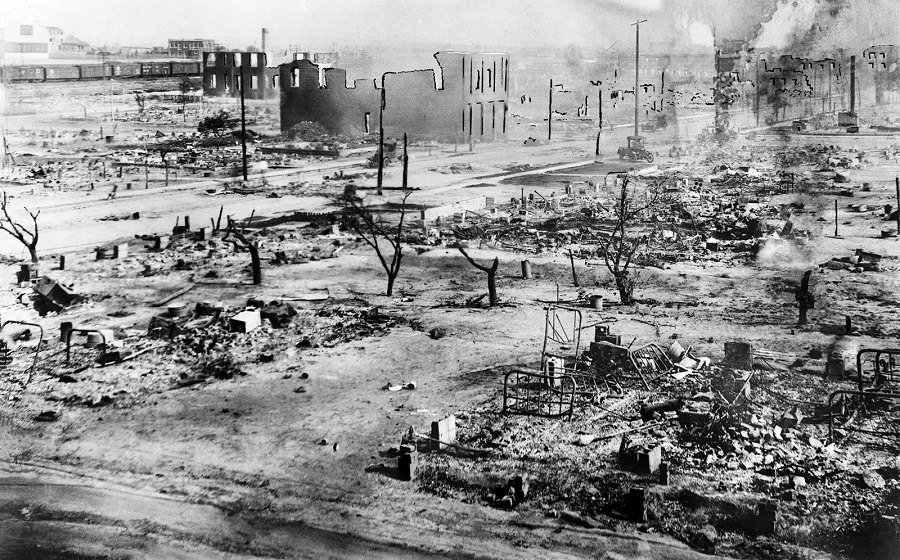
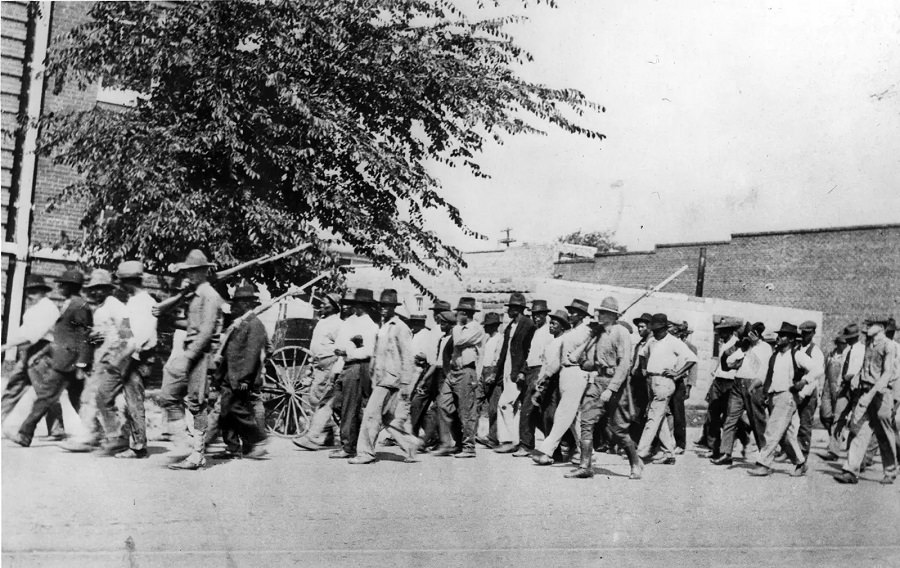
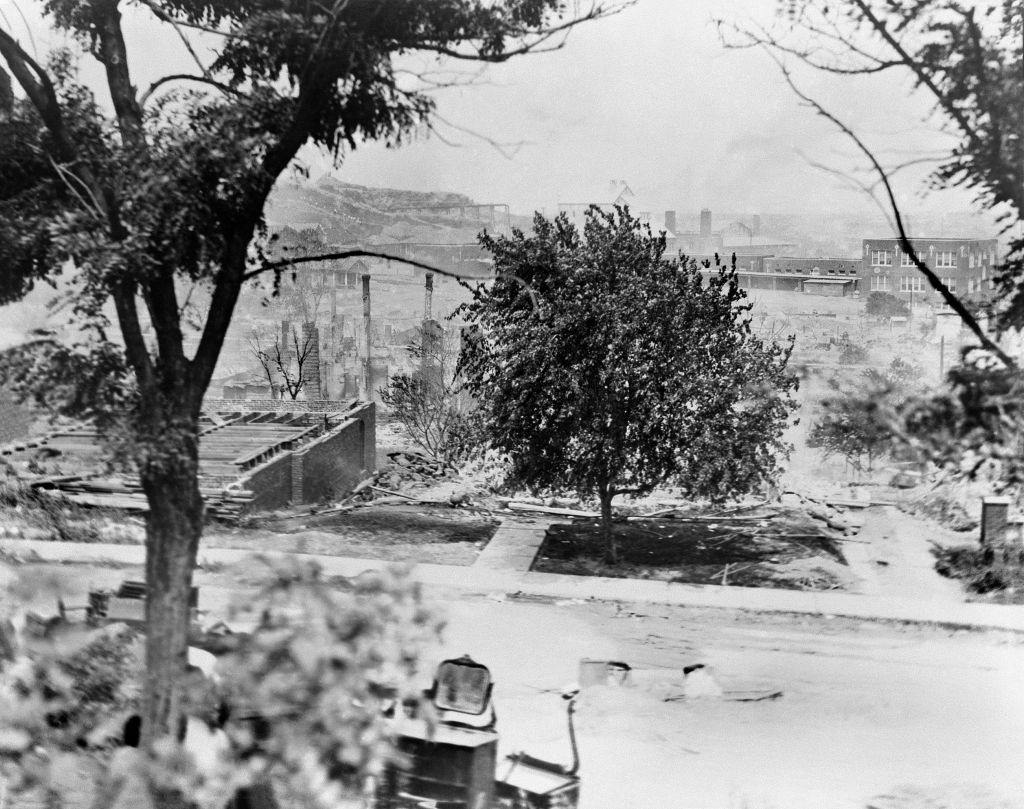
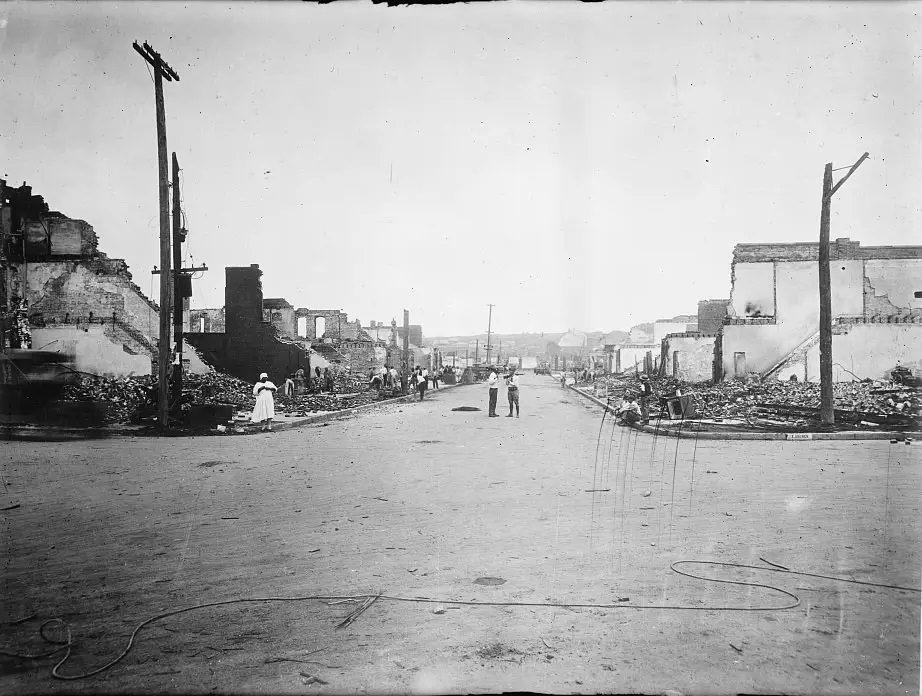
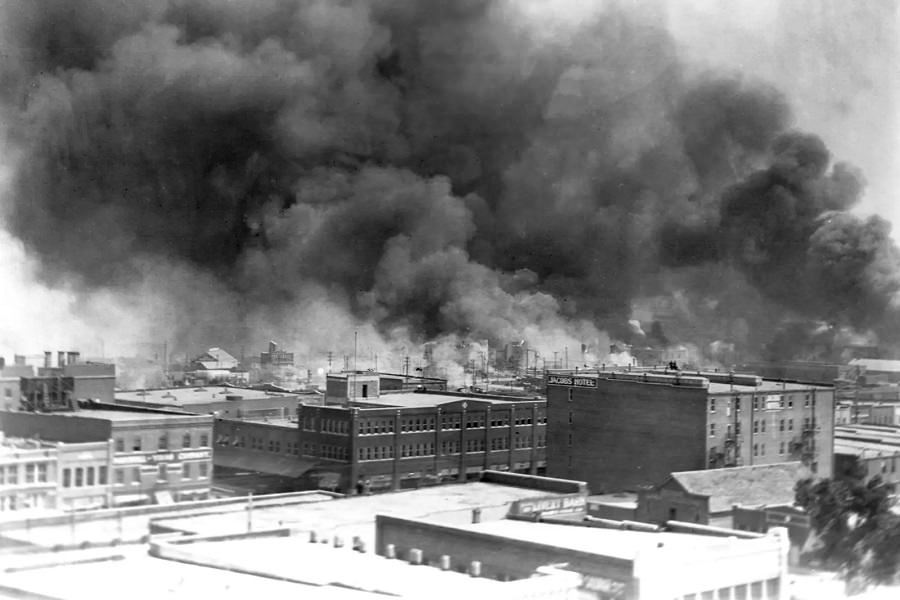
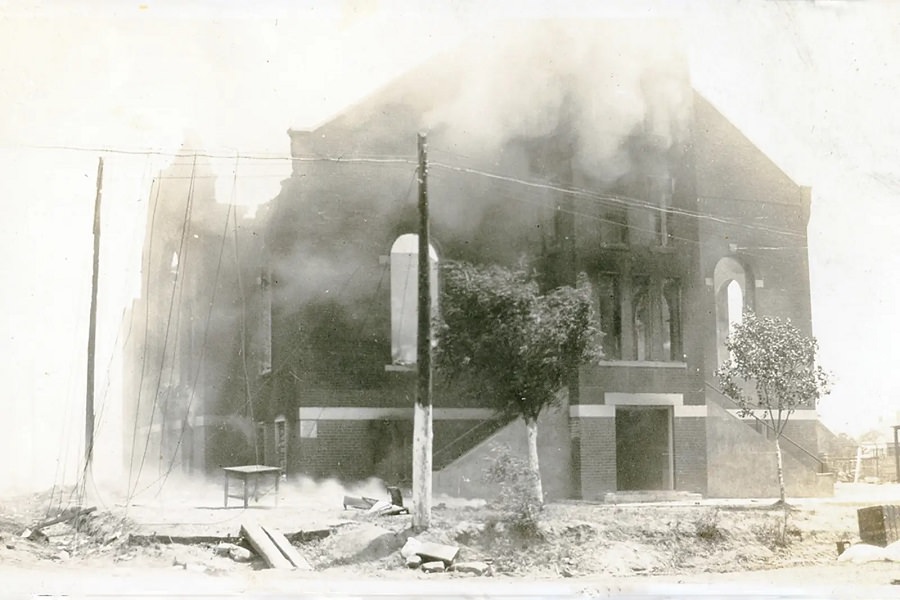
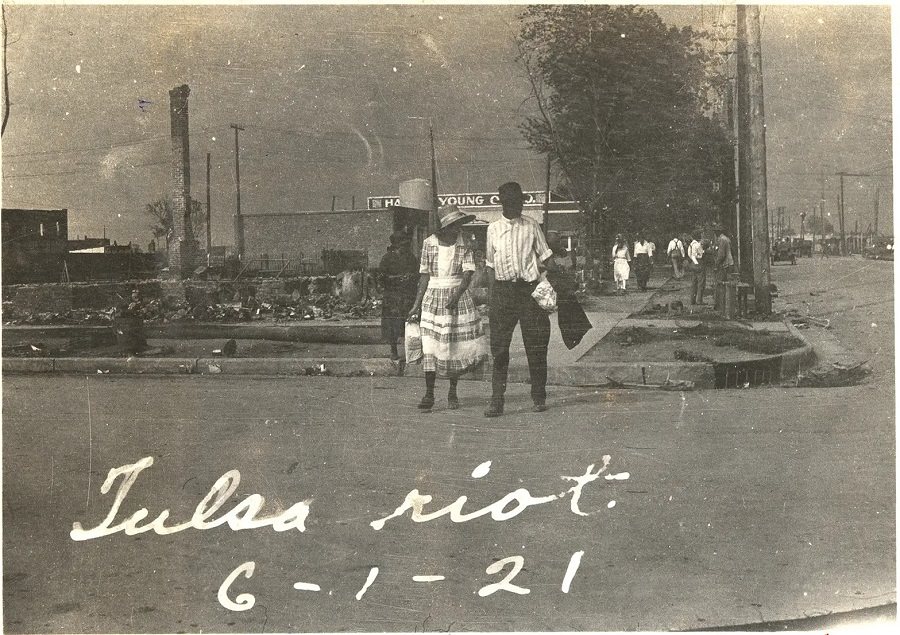
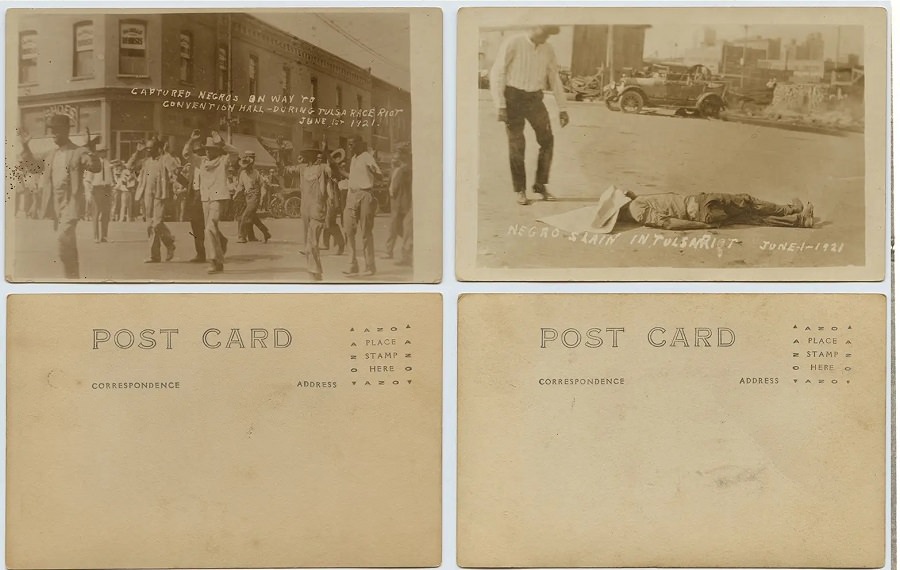
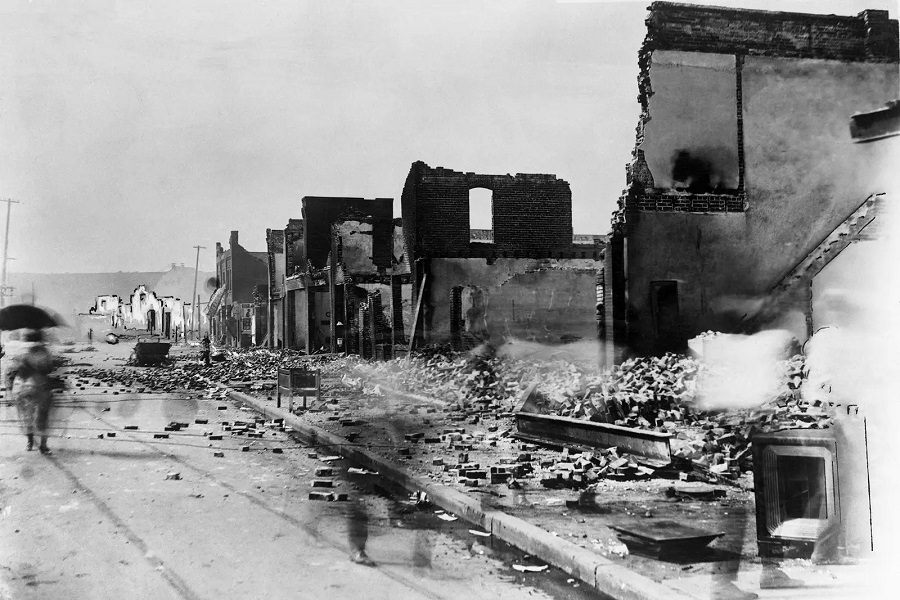
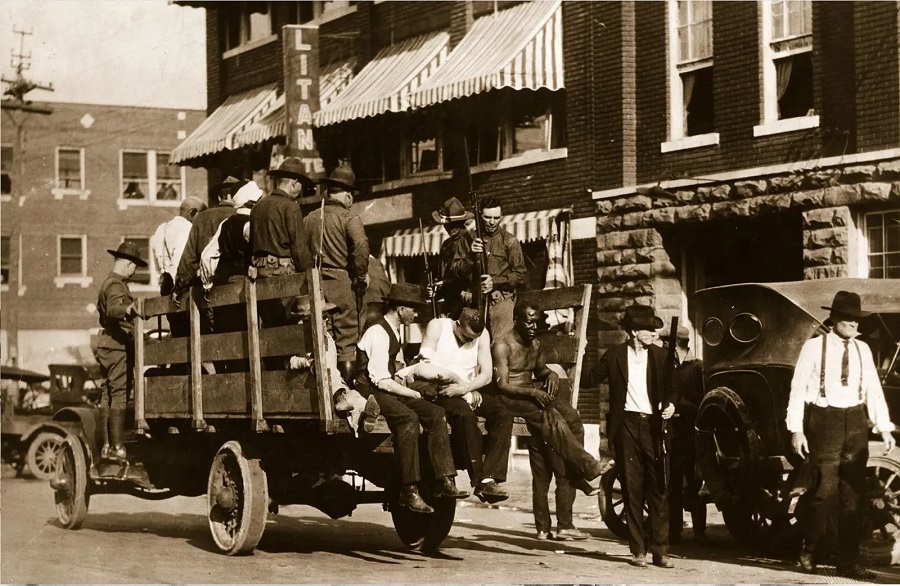
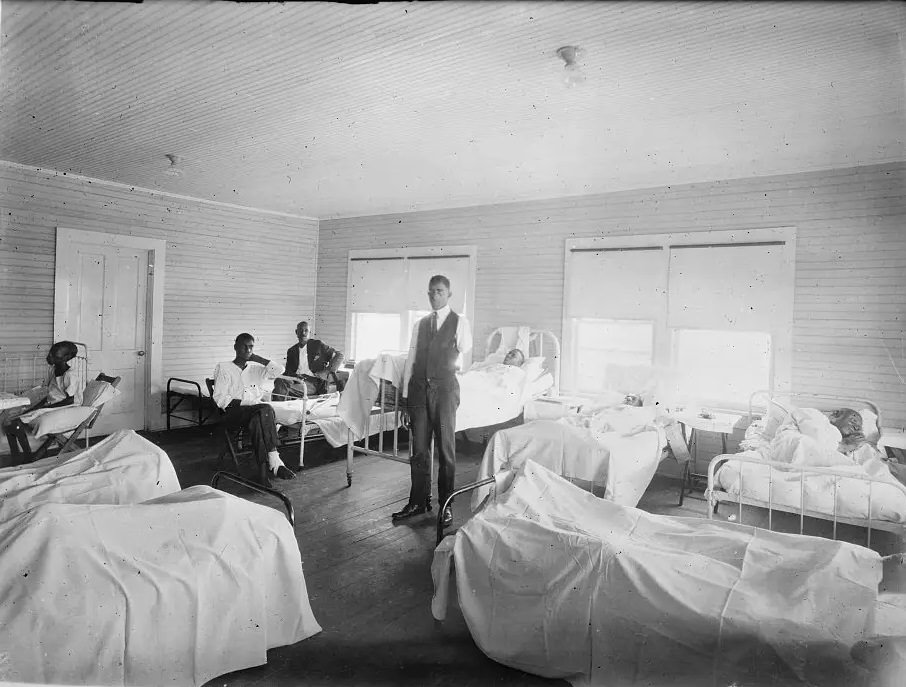
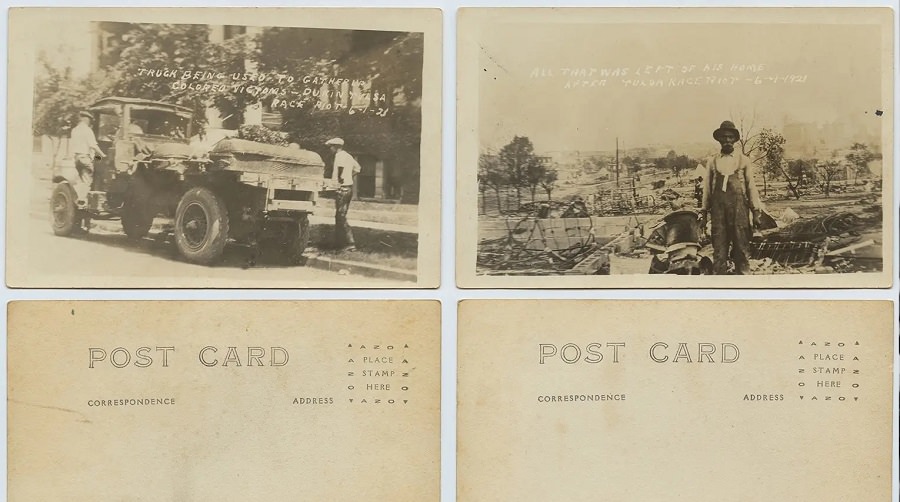
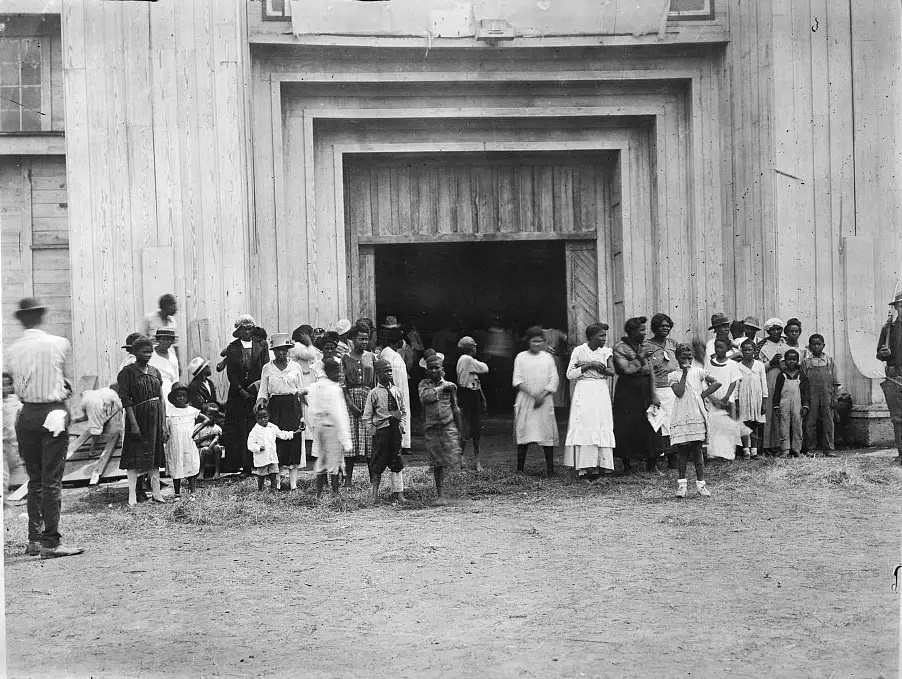
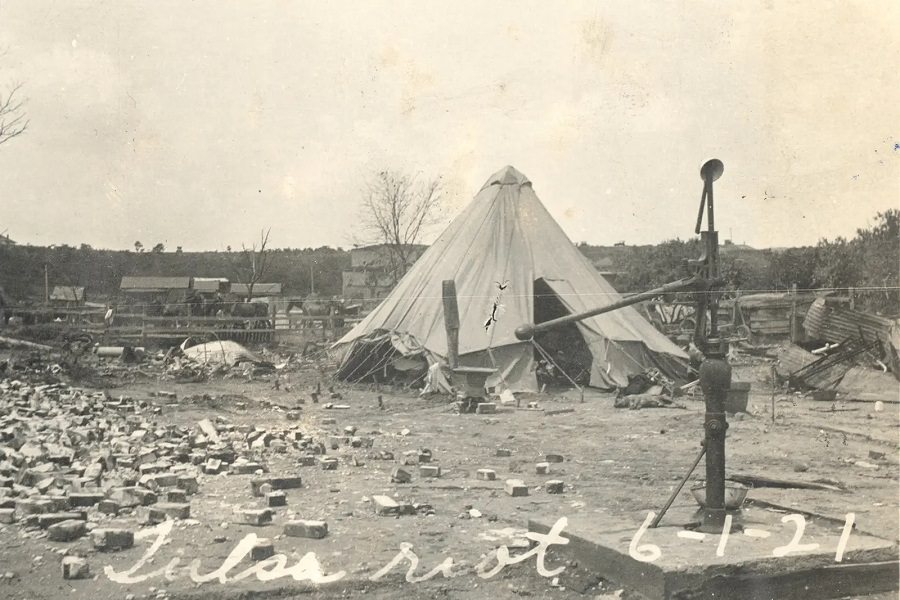
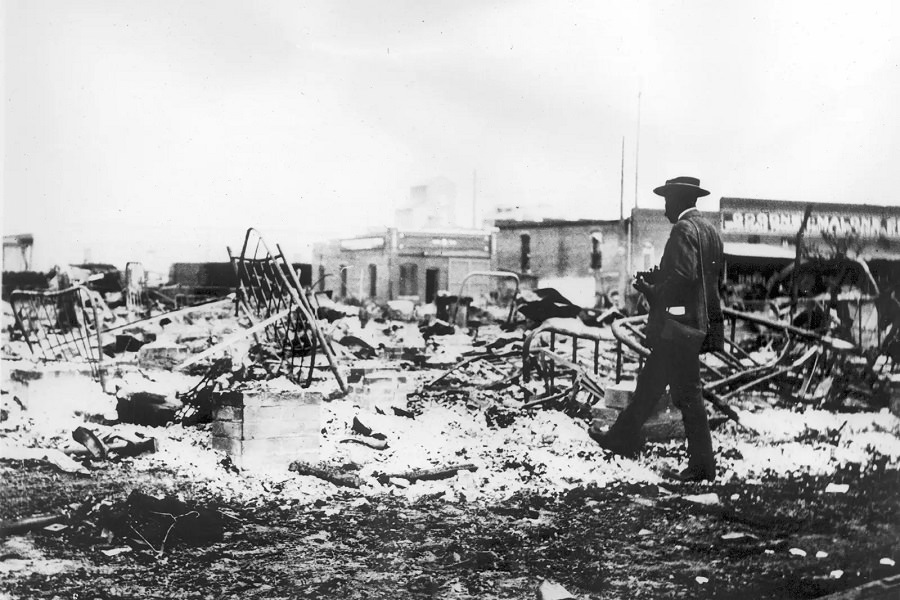
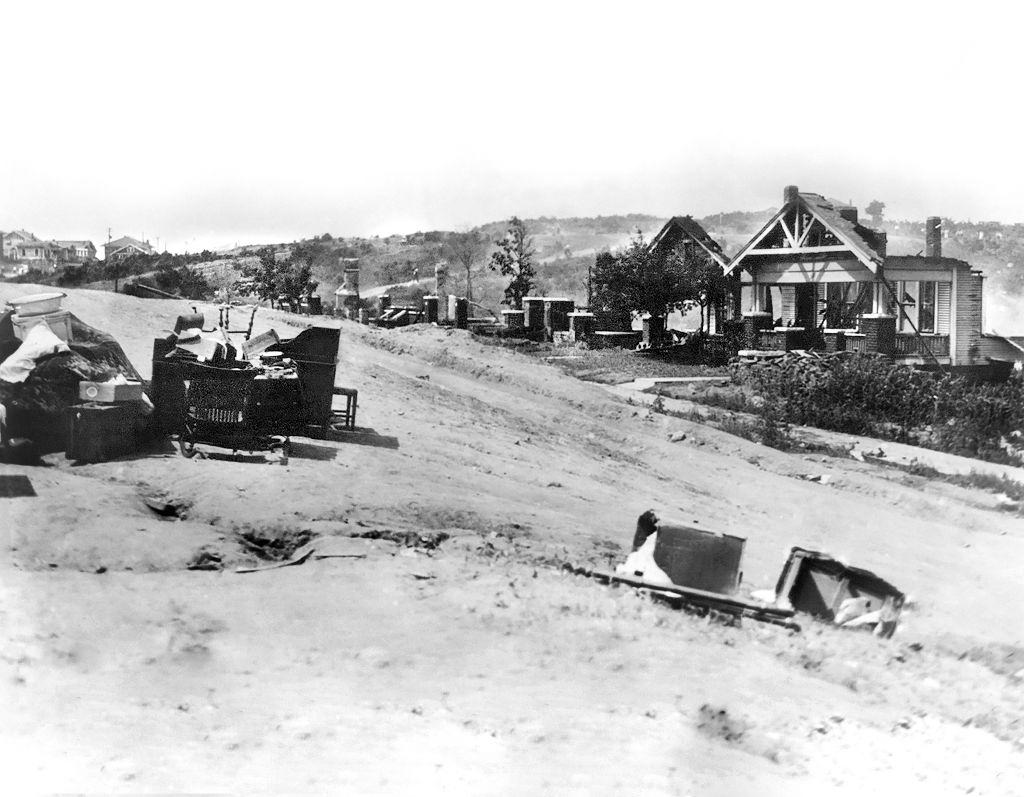
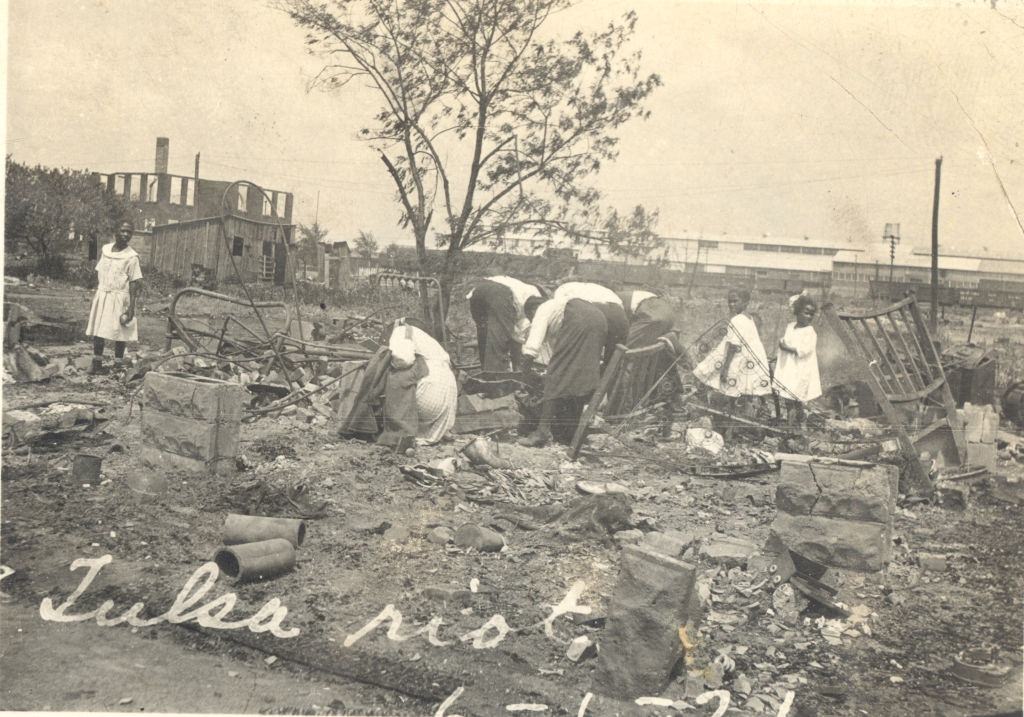
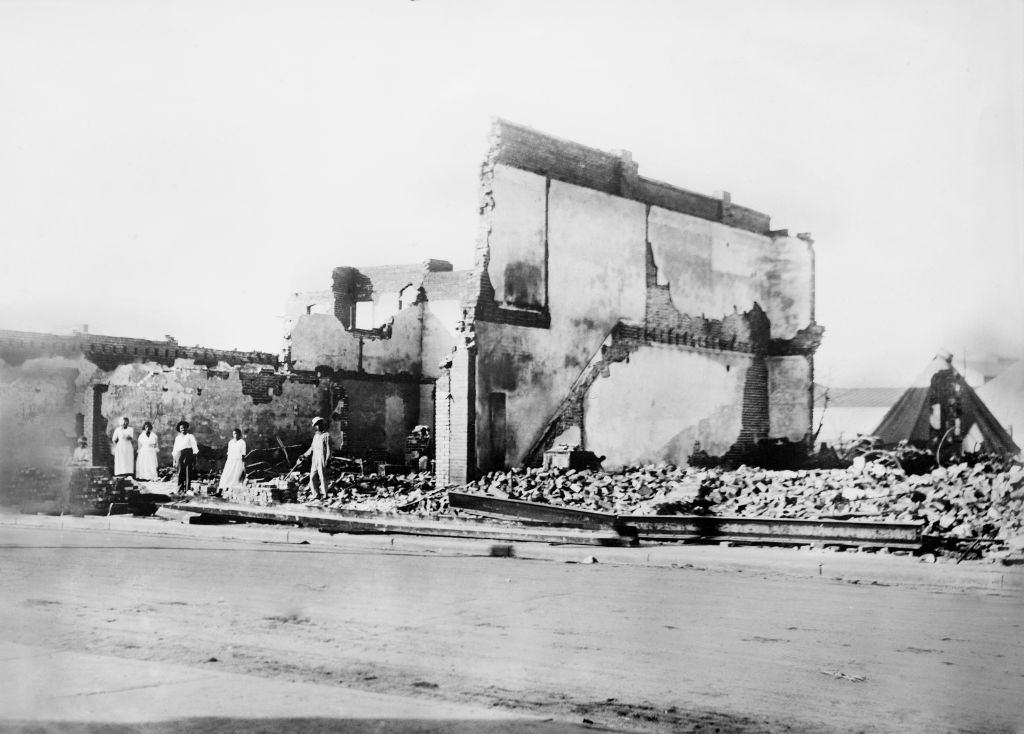
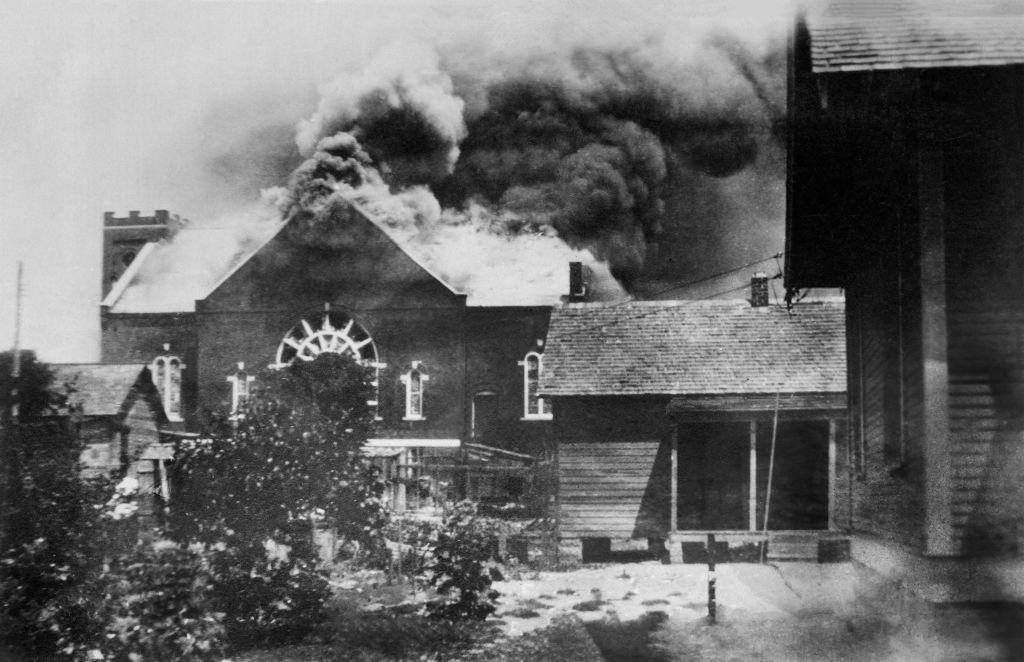
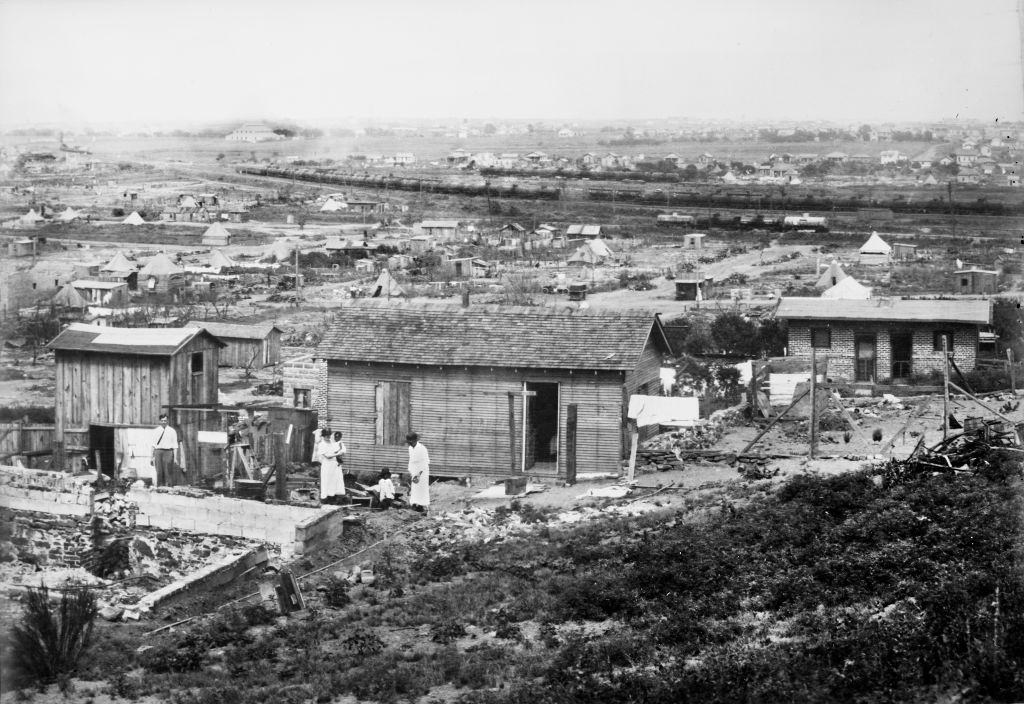
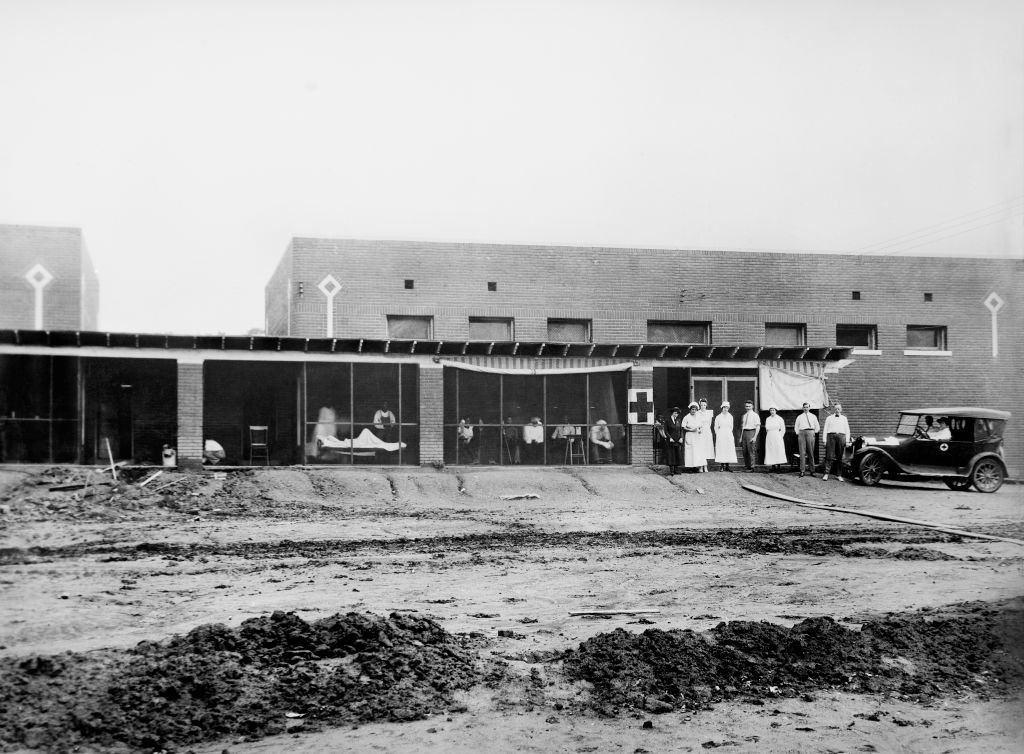
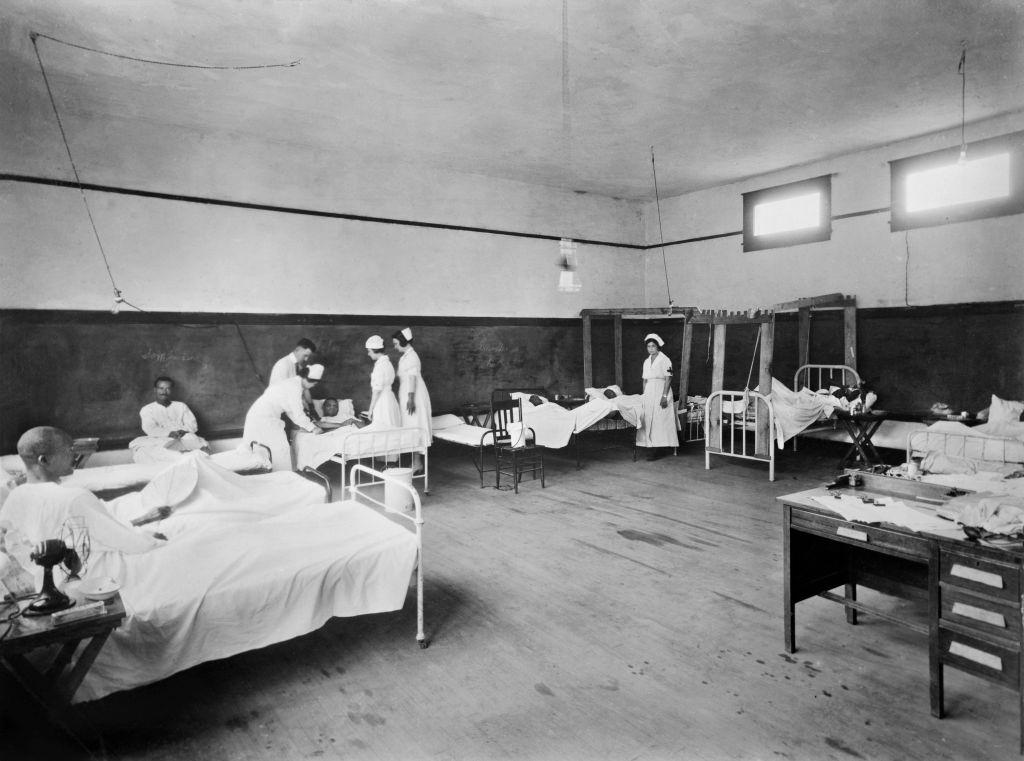
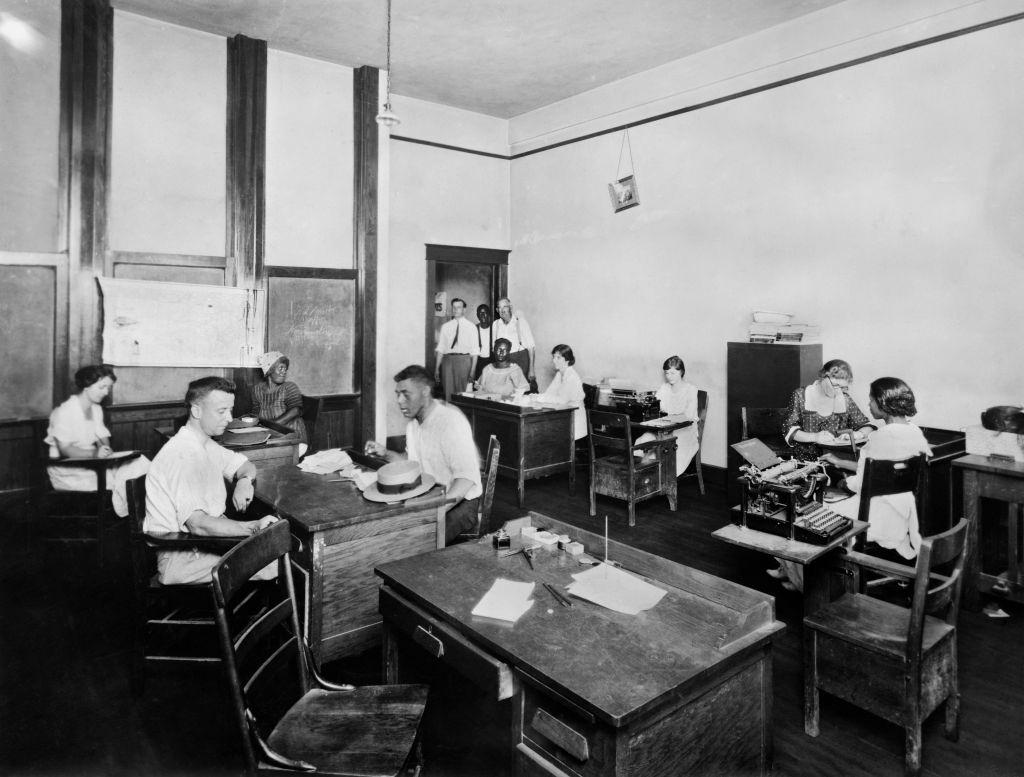
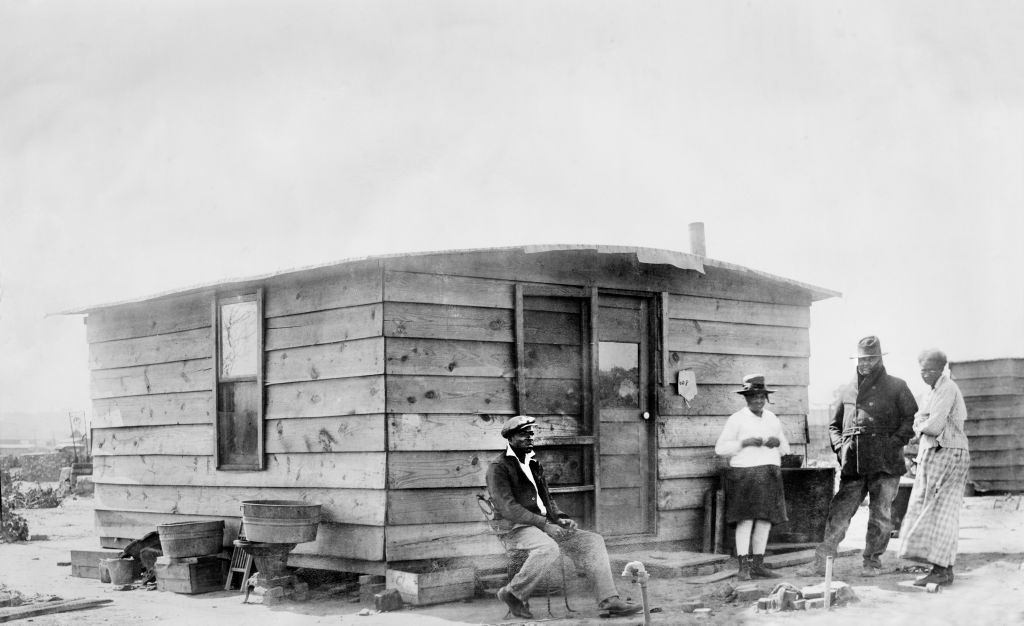
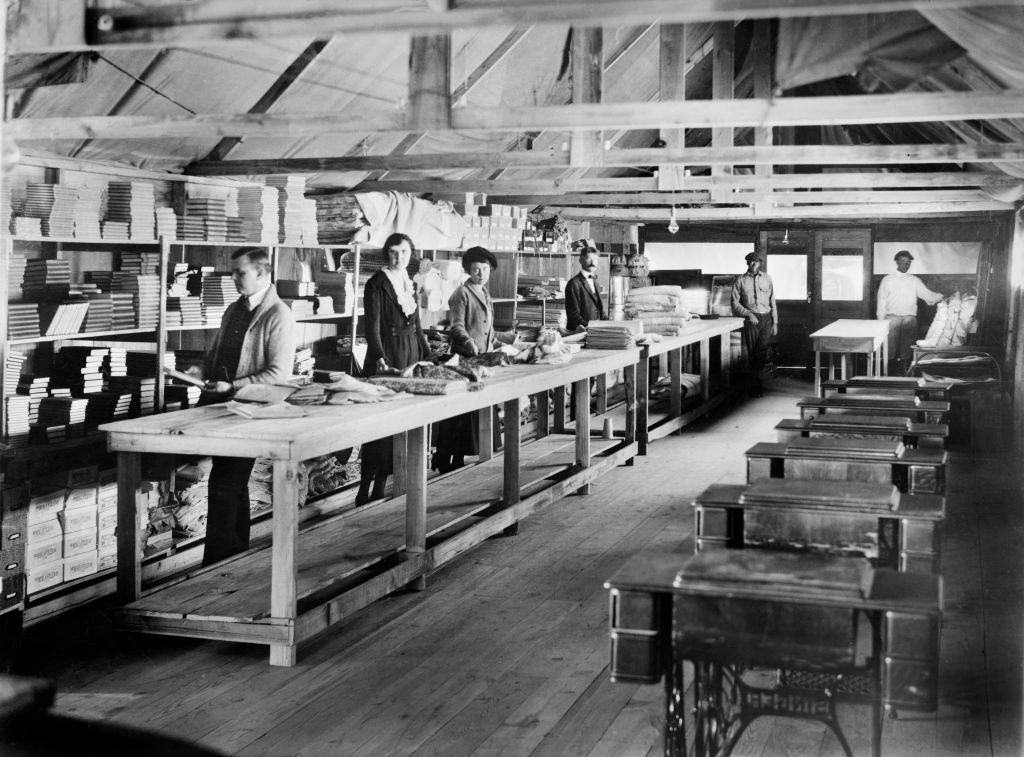
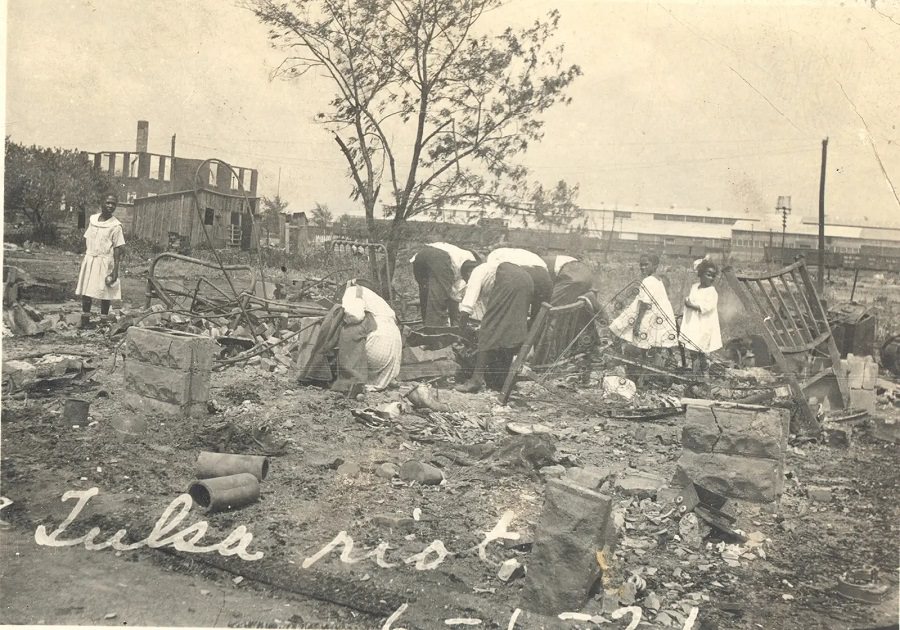

This was a well-formatted and informative post. Thanks for sharing. Do you know if Tulsa has a museum or anything like that?
During Memorial Day weekend, 19-year-old black shoeshiner Dick Rowland, a black shoeshiner, was accused of assaulting 17-year-old white Sarah Page, an elevator operator in the nearby Drexel Building.
The man was taken into custody. In the black community, rumours spread that Dick Rowland would be lynched after his arrest. When 75 armed black men heard rumours that a mob of white men had gathered around the jail where Dick Rowland was being held, they rushed to the prison.
The sheriff assured the black men that he had the situation under control and persuaded them to leave the jail. “All hell broke loose” after a shot was fired. In the mass shooting, ten whites and two blacks were killed.
Where’d you get this version of the article? It’s completely different from the above.
The article talks about the riot; this commenter is talking about what started the riot.
Thanks for sharing this!